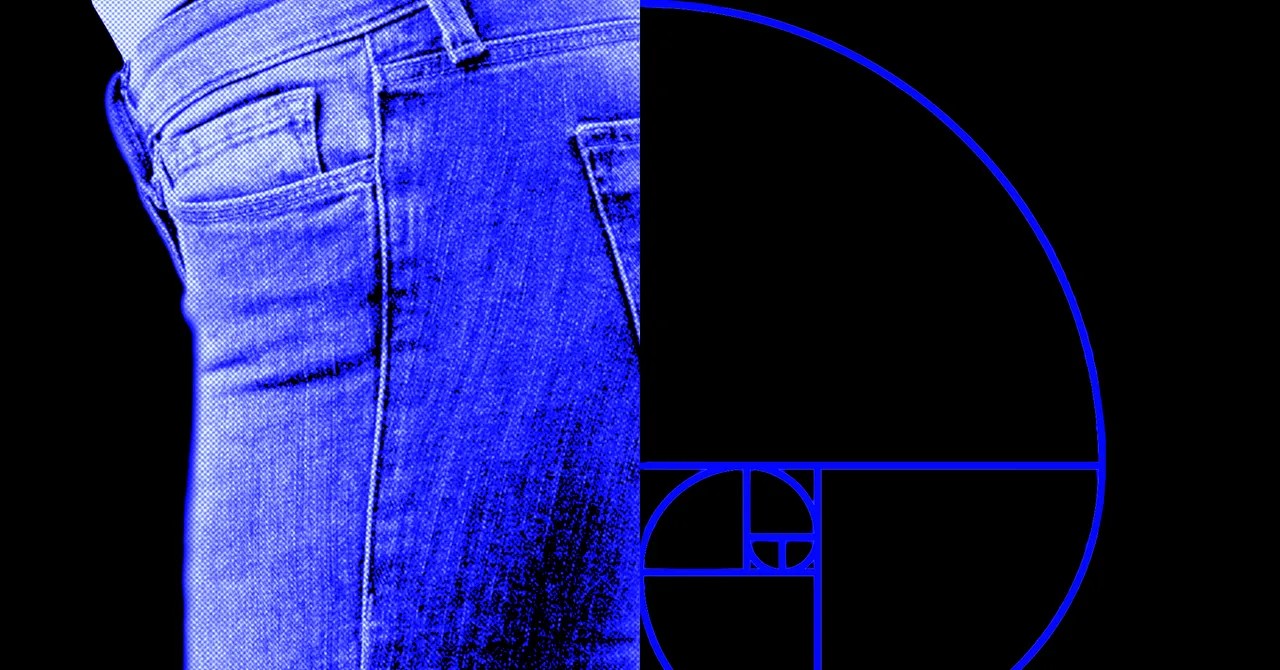The pursuit of a fuller, more sculpted derrière has become a global phenomenon. While Brazil is known for its stunning beaches and vibrant culture, it’s also earned a reputation as a hub for plastic surgery, particularly for procedures like the Brazilian butt lift (BBL). But beyond sun-drenched images and aspirational Instagram feeds lies a fascinating story about how medical aesthetics intertwines with mathematics, cultural trends, and sometimes, questionable ethics.
The genesis of modern buttock augmentation can be traced back to Mexico City in 1979. Dr. Mario González-Ulloa, considered by many as the “grandfather of buttock augmentation,” pioneered silicone implants specifically designed for the buttocks. Building on this foundation, another Mexican surgeon, Ramón Cuenca-Guerra, emerged in the early 2000s. He not only refined techniques but also set out to codify what constitutes an attractive backside.
Cuenca-Guerra’s work, particularly his paper “What Makes Buttocks Beautiful?”, laid down a framework for understanding and manipulating this anatomy. He presented photographs of women to plastic surgeons who then rated the attractiveness of various buttocks based on shape, size, and other characteristics. Cuenca-Guerra even identified “five types of defects” that surgeons could correct using implants or fat grafting, creating a seemingly scientific roadmap for achieving the idealized female form.
However, there’s a missing piece in this narrative – the objective standard by which these assessments were made. Cuenca-Guerra’s methodology relied on subjective opinions and lacked rigorous scientific backing. It raises questions about whose aesthetic ideals were being imposed and if these “defects” are truly universal or merely cultural constructs.
Adding another layer of complexity, Cuenca-Guerra’s focus was predominantly on implants. His approach, while groundbreaking at the time, left out a crucial aspect: the role of fat transfer in achieving desired contours.
This oversight is where Dr. José Luis Daza-Flores enters the picture. The third generation surgeon who now practices in Mexico City views fat grafting as his artistic medium, and he sees himself less as someone correcting “defects” and more as a sculptor refining natural curves. Unlike Cuenca-Guerra’s earlier methods, Daza-Flores’ approach emphasizes achieving a balanced and harmonious silhouette – one that considers not only the buttock shape but also how it interacts with the hips, waist, and overall body proportions.
His philosophy echoes an ancient notion popularized by Leonardo da Vinci: “The beauty of a form is determined by its underlying structure.” Daza-Flores meticulously studies the patient’s unique bone structure and musculature before even considering fat transfer amounts or implant size. This holistic approach has become increasingly popular in recent years, with many surgeons seeking to move beyond simply enlarging buttocks towards crafting aesthetically pleasing, natural-looking results.
But within this pursuit of natural balance lies another paradox – the influence of idealized body images perpetuated by social media and pop culture. While Daza-Flores strives for an individualized approach, he acknowledges that patient desires are often heavily influenced by trends. The “Kardashian curve,” with its exaggeratedly large buttocks and hourglass proportions, has become a widely sought-after aesthetic, pushing the boundaries of what’s considered realistic and even healthy.
The quest to emulate these unattainable ideals raises ethical concerns about unrealistic expectations, body image distortion, and the potential for harm when procedures are performed by unqualified practitioners solely chasing trends rather than prioritizing patient well-being. Daza-Flores himself expresses concern over surgeons opting for quick fixes like implants without addressing underlying issues or seeking proper training in fat grafting techniques.
This tension between individualized beauty standards and mass-marketed ideals highlights the complex interplay of medical advancements, social pressures, and personal aspirations that fuel the growing popularity of the Brazilian butt lift. It compels us to ask: As technology evolves and aesthetics shift, what truly constitutes “beautiful” and whose definition should guide these powerful interventions on the human form?
